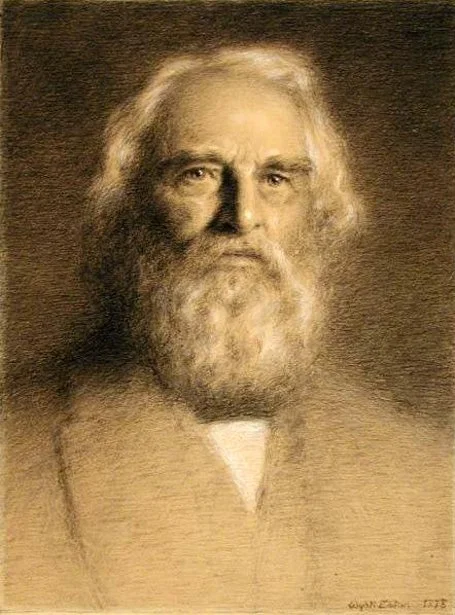 Communication is something close to my heart. Even prior to kindergarten, conversing with others was enjoyable. Anyone remember report card “citizenship” grades? At Sierra Madre Elementary School, citizenship grades were a big deal and never slipped through the cracks. My teachers persistently marked my report cards with a “C” or “C-” in citizenship for talking during class when I was supposed to be quiet. All that did was encourage me to go underground by passing notes to classmates!
Communication is something close to my heart. Even prior to kindergarten, conversing with others was enjoyable. Anyone remember report card “citizenship” grades? At Sierra Madre Elementary School, citizenship grades were a big deal and never slipped through the cracks. My teachers persistently marked my report cards with a “C” or “C-” in citizenship for talking during class when I was supposed to be quiet. All that did was encourage me to go underground by passing notes to classmates!
Trying to suppress a talkative person is, in some ways, like trying to tame the mighty Mississippi River. On one memorable November afternoon in 2011, while Jon and I stood on a bluff in Natchez, Mississippi, overlooking the Mississippi River, we met a keen man in his mid to late 80s. From birth, he had lived in a very big, yellow, wood frame house situated directly behind us on the bluff. He eagerly shared his insights about the River, including recurrent extensive efforts by the United States Army Corps of Engineers to redirect the river at specific bends. Based on his broad knowledge, he was convinced the River outsmarts even the most ingenious engineers . . . deliberately choosing its own path. But the engineers haven’t given up—they keep trying to force the River to comply with their will.
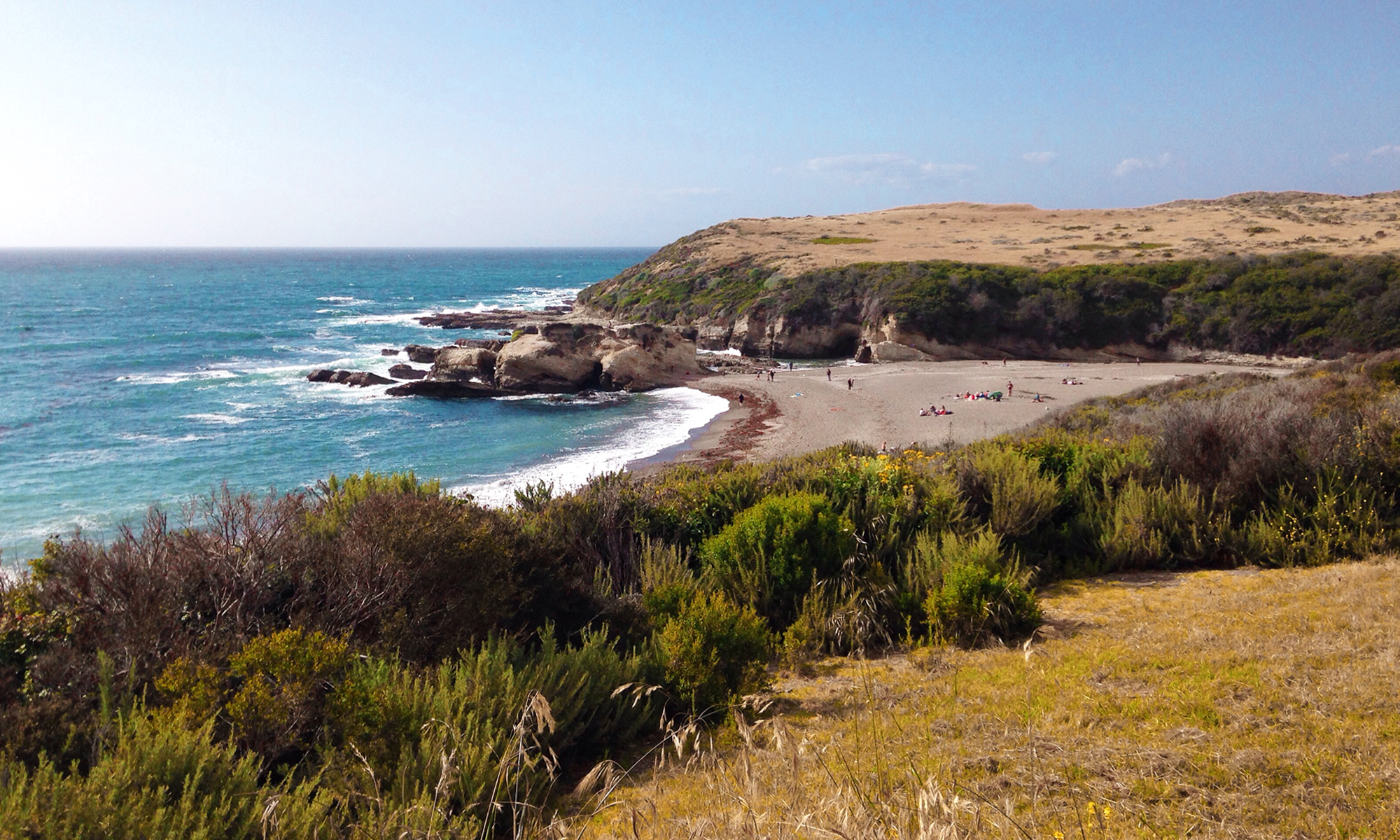
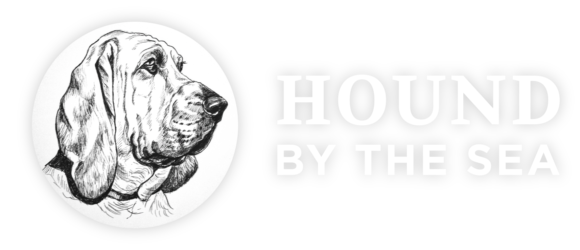
 The grim reality of this hit home again the day before Christmas, when a letter dated December 17, 2019, arrived from UCSF’s Catherine Lomen-Hoerth, MD PhD. You’ll read that Dr. Lomen-Hoerth was mentored by Richard K. Olney, MD, at UCSF. Dr. Olney was diagnosed with and ultimately succumbed to ALS. Additionally, another very devoted, brilliant UCSF researcher—Rahul Desikan, MD PhD, committed to the research of neurological diseases—was also diagnosed with fast-progressing ALS and passed away in July of 2019.
The grim reality of this hit home again the day before Christmas, when a letter dated December 17, 2019, arrived from UCSF’s Catherine Lomen-Hoerth, MD PhD. You’ll read that Dr. Lomen-Hoerth was mentored by Richard K. Olney, MD, at UCSF. Dr. Olney was diagnosed with and ultimately succumbed to ALS. Additionally, another very devoted, brilliant UCSF researcher—Rahul Desikan, MD PhD, committed to the research of neurological diseases—was also diagnosed with fast-progressing ALS and passed away in July of 2019.



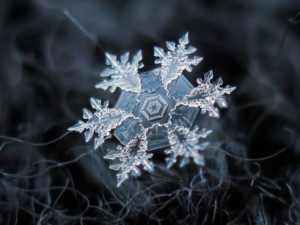 The next time you’re catching one with your tongue, you might stop to consider the long and arduous plight of the snowflake. Those delicate and intricate crystals have traveled many miles before they plummet to the ground alongside their trillions of cousins. And although they fly in multitudes, the word on the snow-slicked street is that no two of those little flakes are alike. Can every snowflake really be different?
The next time you’re catching one with your tongue, you might stop to consider the long and arduous plight of the snowflake. Those delicate and intricate crystals have traveled many miles before they plummet to the ground alongside their trillions of cousins. And although they fly in multitudes, the word on the snow-slicked street is that no two of those little flakes are alike. Can every snowflake really be different? The short answer is yes, snowflakes really are different from one another. You might find some that are exceedingly similar (particularly at the beginning of a flake’s development) but fully formed snowflakes are indeed structurally different, if only by tiniest of degrees.
The short answer is yes, snowflakes really are different from one another. You might find some that are exceedingly similar (particularly at the beginning of a flake’s development) but fully formed snowflakes are indeed structurally different, if only by tiniest of degrees. General Electric is not likely to reimburse me for endorsing their name . . . but they probably should. 😉 Ever since GE’s 2006 release of this TV ad promoting wind energy, I’ve been captivated. Imagine capturing that much wind in a single wide-mouth glass jar! After securing the lid, the young lad traveled purposefully by foot, rail, and motorcycle sidecar all the way back to his great-grandfather’s birthday party—arriving in the nick of time—precious wind still tightly sealed inside his prize jar. Anywhere along his journey, the boy could have met with peril resulting in a loosened lid or shattered jar. The “surprise” gift would have been forever ruined!
General Electric is not likely to reimburse me for endorsing their name . . . but they probably should. 😉 Ever since GE’s 2006 release of this TV ad promoting wind energy, I’ve been captivated. Imagine capturing that much wind in a single wide-mouth glass jar! After securing the lid, the young lad traveled purposefully by foot, rail, and motorcycle sidecar all the way back to his great-grandfather’s birthday party—arriving in the nick of time—precious wind still tightly sealed inside his prize jar. Anywhere along his journey, the boy could have met with peril resulting in a loosened lid or shattered jar. The “surprise” gift would have been forever ruined! 

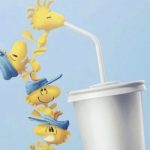 “Drink with a straw. This keeps your chin tucked and helps you control how much liquid you are taking in each sip.”
“Drink with a straw. This keeps your chin tucked and helps you control how much liquid you are taking in each sip.”
